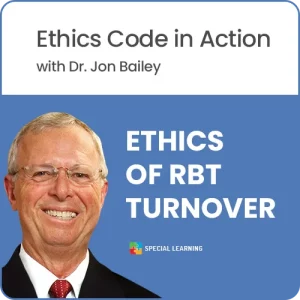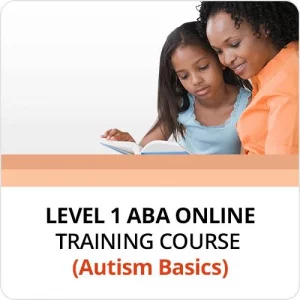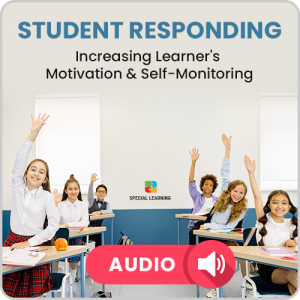Treatments For Financially Strapped Families
Having a child that is diagnosed with autism brings in many stresses for the parents and the whole family. One of the most critical of these is the financial aspect. Caring for an autistic child is costly, especially in the first few years from the time of the diagnosis. This can be a major dilemma for families that are financially limited. Without proper research, you may commit your child to treatments that are extremely expensive but offer no guarantee of making your child’s condition better.
There are several widely used approaches that you may include in your child’s intervention program. These typically cost less than other treatments, are easy to learn, and are relatively risk-free.
DIR/ Floortime
Floortime, as it is called, is one of the most popular low-cost, do-it-yourself therapies being used for diagnosed children. All you need is the book Engaging Autism, a kitchen timer, a few old toys, and a lot of energy and imagination. Floortime helps in building healthy social, emotional, and intellectual capacities in a child.
Relationship Development Intervention (RDI)
RDI is a more formal intervention compared to Floortime. It teaches a child to develop social skills. Technically, the full program costs several thousands of dollars, but you can check their website for free resources to help you start the program. You may purchase the full program if you see great results with your child. It aims to build dynamic intelligence in a child diagnosed with autism.
Social Stories
You may create interesting stories yourself, using things your child likes as topics and interjecting lessons at the same time. Your child will not just learn from this but will surely be enjoying this activity.
Picture Exchange Communication System (PECS)
This is a good choice for non-verbal or children that have low communicating skills. It gives them an alternative means to communicate with other people. It makes use of pictures for them to relay what they want. Pictures can be obtained for free online. It is advised to watch the DVD instructions from its creator, Pyramid Educational Products.
Pointing
Pointing teaches non-verbal children to relay what they want by pointing at letters. The website of Portia Iversen can give your free information on how to apply this approach to your own child. Due to the intensity of the activities involved, this therapy works best with children that are already seven years and above.
Video Modeling
This teaches children effective proper social skills by using videos. There are many videos available for you to make your child watch. They are inexpensive and can be reused again and again.
It is still recommended to see a medical professional or a professional therapist in order to give their expert recommendations on which approaches you may use with your child. These can be used as supplemental or alternative to some of your paid therapies to reduce costs. The mentioned approaches do not guarantee that they will work for your child, as each child has unique needs and learning capacities. But these approaches offer virtually no risk and cost very little to implement.
References:
Copyright © by Special Learning Inc. All right reserved.
No part of this article may be reproduced in any manner whatsoever without written permission except in the case of brief quotations embodied in critical articles and reviews. For information, contact Special Learning Inc., at: contact@special-learning.com








